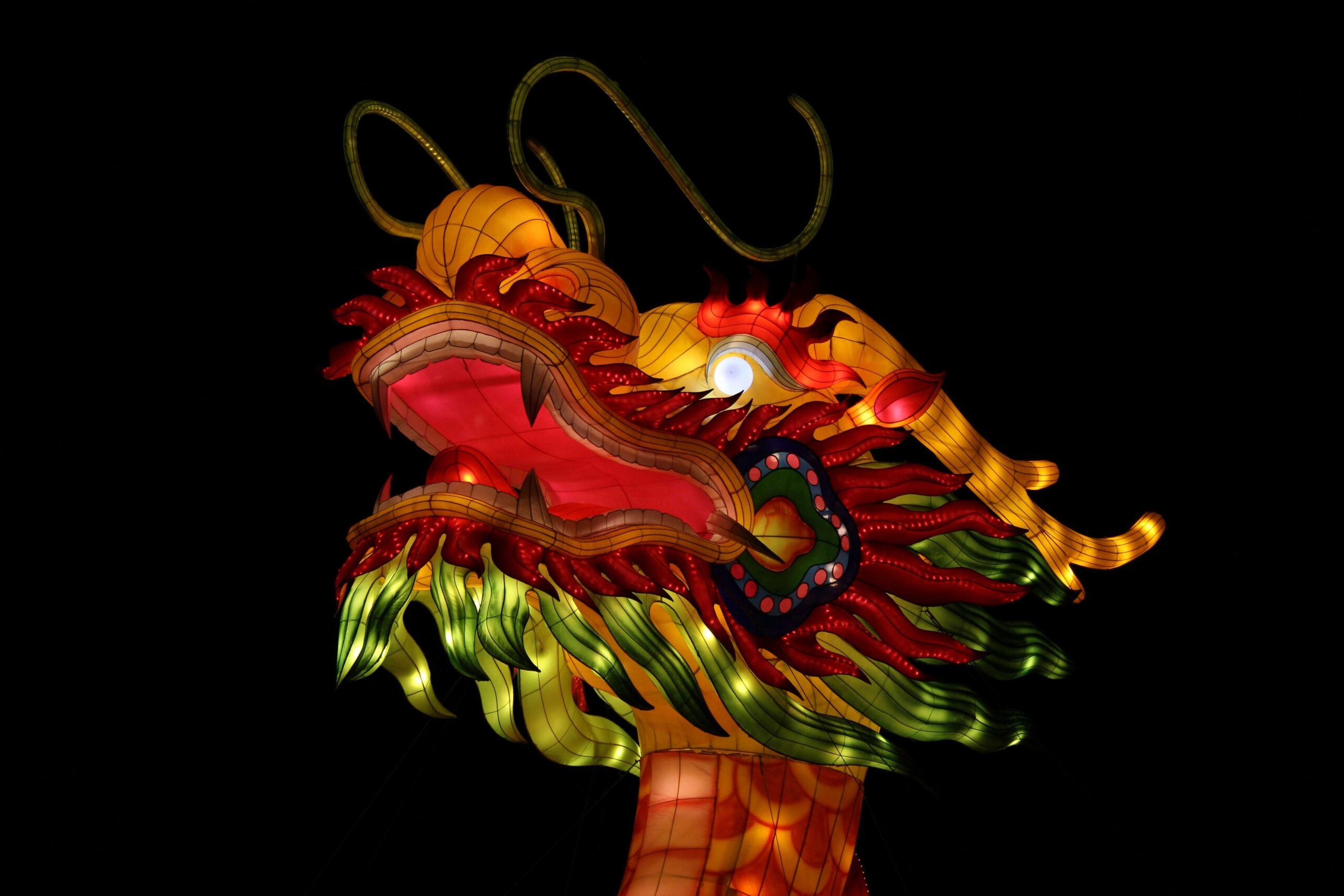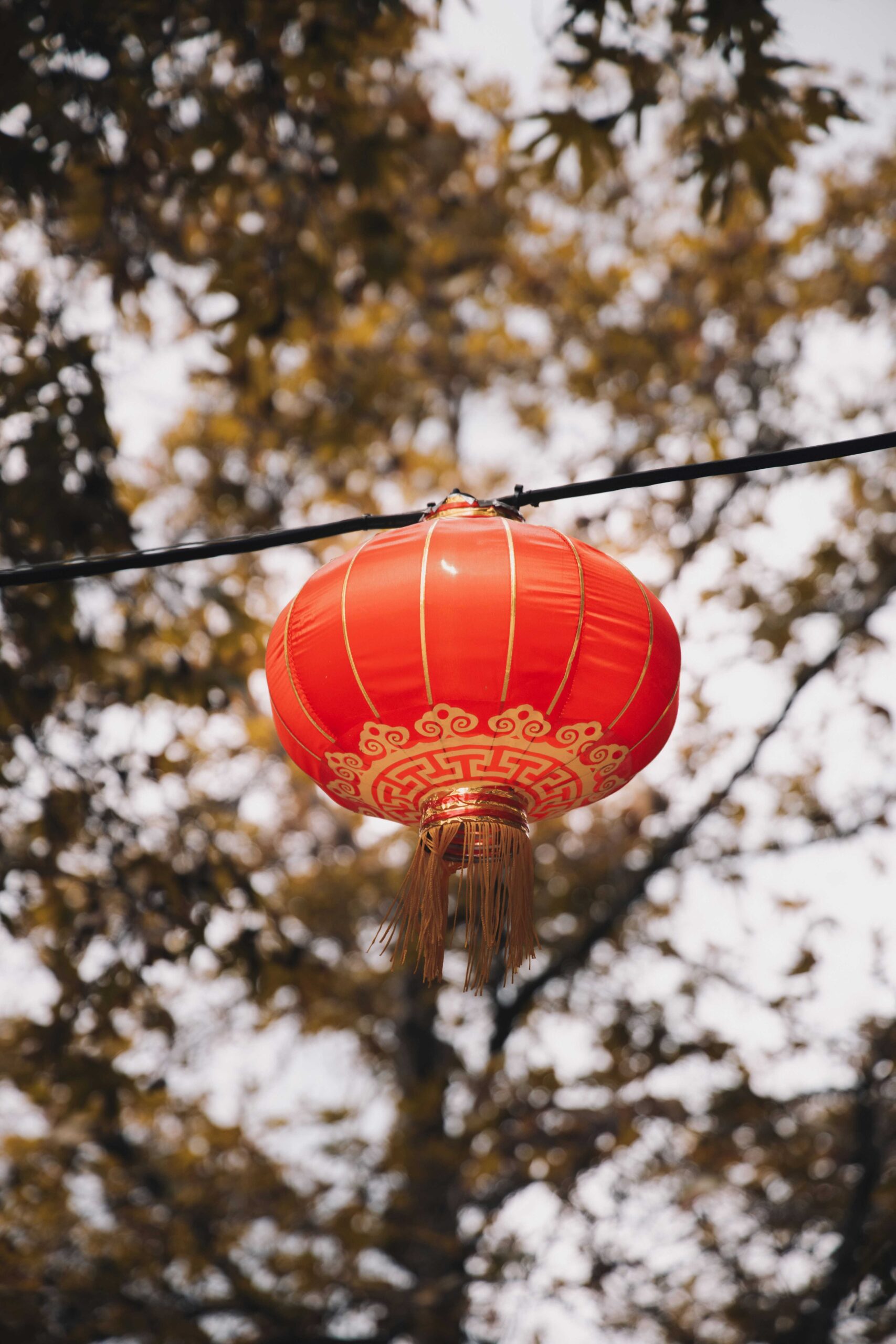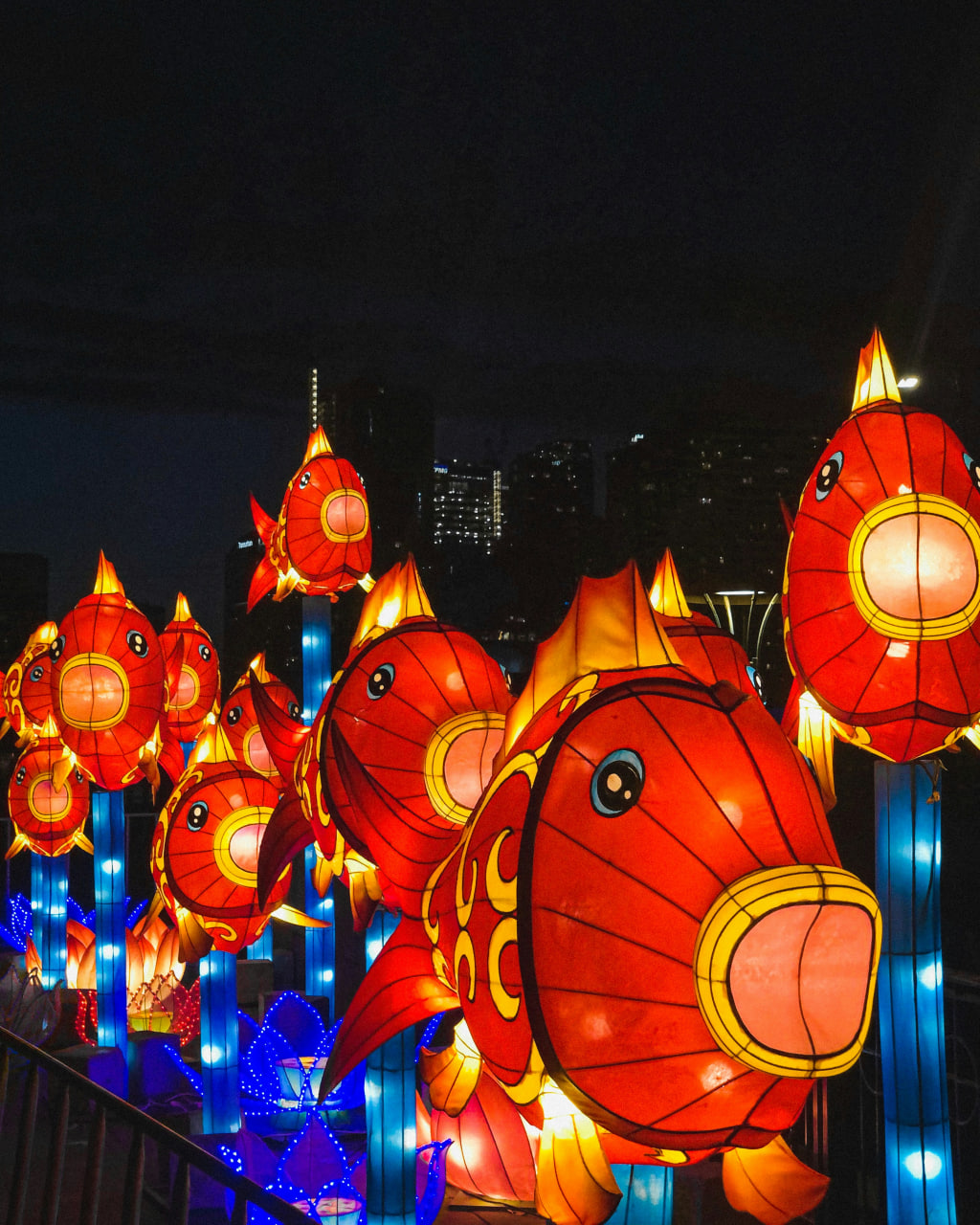The Lunar New Year has a rich history, and 2024’s Year of the Wood Dragon celebrates traditions to welcome the season of vitality and creativity.
One of the much-awaited occasions this year is the Lunar New Year or the Chinese New Year. History reported it is also known as the Spring Festival or Chūnjié in Mandarin. The holiday became a celebration of deities and ancestors, and a time where feasts are popularly held.
The Chinese New Year is the most important holiday in China and is widely celebrated in countries with a significant number of Chinese population. The holiday’s date vary by culture and due to changes in the Gregorian calendar, but it usually falls between January 21 to February 20. The Philippines celebrates the occasion together with Vietnam, Korea, Malaysia, and Singapore, among others. Denver 7 News of ABC reported in 2023 that more than 1.5 billion people celebrate the holiday.
READ ALSO: Embracing Tradition: Chinese New Year’s Gift-Giving Rituals You Should Know
The origin of the Lunar New Year
The holiday literally means the beginning of a new year in the Chinese calendar for more than 3,000 years. The year it exactly started wasn’t recorded, but some people believe the tradition started during the Shang dynasty (1600-1046 B.C.). People honored their gods and ancestors through sacrificial ceremonies at the beginning and end of the year.

Another interesting fact about the Lunar New Year is that it has its fair share of stories and myths. A popular legend includes the story of Nian, a mythical beast who consumed crops, livestock, and even people during new year’s eve. People left food outside their doors to prevent chaotic attacks from Nian.
Legend has it as well that Nian was scared of loud noises and the red color. Hence, red lanterns and scrolls on their windows and doors to avoid Nian’s impending destruction.
READ ALSO: Dazzling Dragon: 4 Exquisite Lunar New Year-Inspired Accessories And Home Items For 2024
During the Han dynasty (202 B.C. – 220 A.D.), people affixed the date of the holiday to the first day of the first month in the lunar calendar. The time period popularized the burning of bamboo to “make a loud, cracking sound.”

Lunar New Year, a more inclusive term
As the times went, numerous activities began to spring, such as family get togethers during the Wei and Jin dynasties (220-420 A.D.). Visiting relatives and friends, bonding over traditional Chinese food, spring festivals, lantern shows, and dragon and lion dances became rampant during the Tang through Qing dynasties.
The Chinese government abolished the lunar calendar and adopted the Gregorian calendar in 1912. The Lunar New Year then became the Spring Festival after 1949 and became a nationwide public holiday.
People mentioned that the title Lunar New Year is preferred as it’s more inclusive of other Asian New Year celebrations.
READ ALSO: Energy Healing Through Stones: Essential Crystals To Welcome The Year Of The Wood Dragon
Welcoming the Year of the Dragon
This 2024, the world is welcoming the Year of the Wood Dragon, which is dubbed as the year of vitality, creativity, and idealism. The dragon symbolizes power, strength, and luck. This auspicious holiday prompts a time of inspiration, growth, and drive.
The traditional ways to celebrate the Lunar New Year are pretty much the same. Wearing red is considered lucky during the holidays as it is associated with good fortune and prosperity. Black and white are considered bad omens that symbolize mourning. Celebrating is associated with bold and bright hues such as red. This year, however, emerald green is a lucky color this 2024. Decorating your spaces with red and gold is also considered opportune as well.

Auspicious food items for the holiday include sticky rice balls for togetherness, noodles for longevity, fish for prosperity, and shrimp for happiness according to NDTV. Nian gao or sweet rice cake made of glutinous rice is also a staple during the Lunar New Year. Visiting your favorite Chinese restaurants with your family and friends is part of the occasion’s accustomed activities.
READ ALSO: Auspiciously Delicious: Delight In These Lunar New Year Feasts Around The Metro
Overturning bad luck
If one has an “unlucky” year for being born under a Chinese zodiac year that doesn’t get along with a dragon, don’t fret! Holding a big gathering such as getting married, buying property, or starting a new business improves one’s luck.

READ ALSO: Year Of The Dragon 2024: What It Has In Store For Every Zodiac Sign
Visiting a temple, practicing good feng shui, and wearing amulets and red undergarments can also help your odds this year.
Remember: as long as your intentions are sincere, heartfelt, and headstrong, you will be showered with the Wood Dragon’s blessings. Ring in the Lunar New Year with motivation, idealism, and a healthy mindset. Gong Xi Fa Cai!
Banner photo from Oliver Needham via Unsplash.





